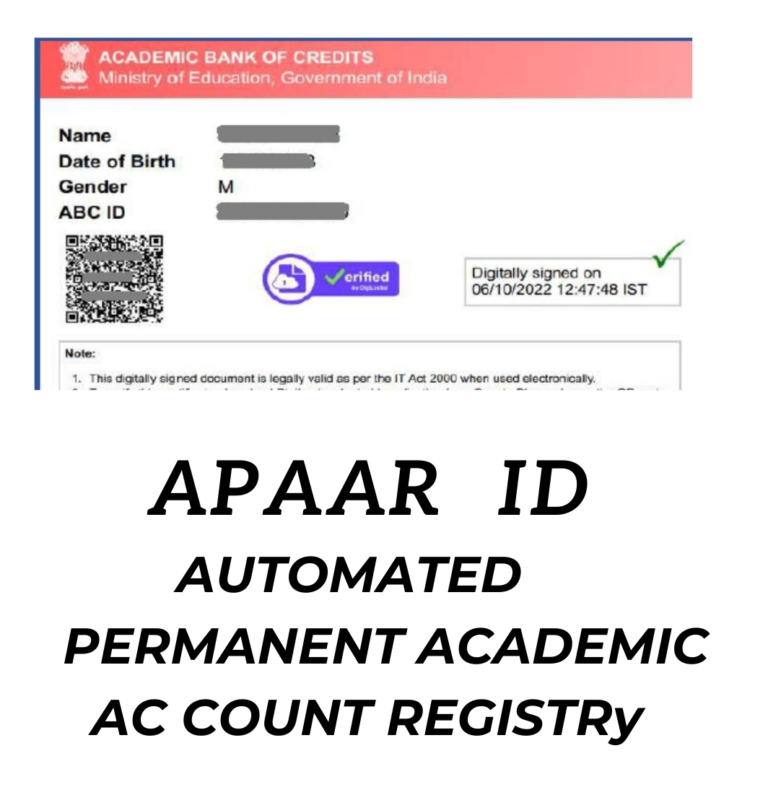Shocking Facts about M. S. Swaminathan, The Man Who Transformed Agriculture in India. after independence India 1947 outstanding contribution to till date.
Mankombu Sambasivan Swaminathan Popularly known as legendary agricultural scientist green revolution passed away at the age of he was 98 year, his residence in Chennai on Thursday.

Table of Contents
Who is M. S. Swaminathan
M S Swaminathan, the father of India’s Green Revolution and a renowned Indian agricultural scientist, recently passed away. M.S. SWAMINATHAN born in 7 august 1925 kumbakonam, Tamil Nadu (1925-2023). M S Swaminathan was a renowned agricultural scientist and geneticist.
M. S. Swaminathan background
M S Swaminathan father’s participation in the freedom movement and mahatma Gandhi influence inspired him higher studies in the subject.he also got qualified police officer 1940s.
But he goes graduate Coimbatore agricultural college and Post-graducate degree in Cytogenetics in 1949 from Indian agricultural research institute [IARI]. New Delhi he also doctor of philosophy degree from the Cambridge. 1954 he did Post-Doctoral research at the University of Wisconsin.
Than he joined the central rice research institute [CRRI]
Than he Director of IARI in 1966 held till 1972. 1979 director general of india council of agricultural research [ICAR]. And principal secretary union ministry of agriculture and irrigation.
When Indira Gandhi P.M 1980 M S Swaminathan he was member agriculture, rural development, science and education and union planning commission few months.
1982 to 1988 he head of international rice research institute [IRRI] Philippines.
His aim modern science and technology for agricultural and rural development to improve live-hoods of communities. Benefits of small and marginal farmers eluding technology
In 2004 November union government made chairman national commission on farmers popularly known by swaminathan commission . M S Swaminathan nominated member of rajya sabha from 2007 to 2013.
Dr. m. s. swaminathan three daughters
1 soumya swaminathan –chief scientist world health organization
2. madhura swaminathan –professor economic analysis unit indian statistical institute Bengaluru
3. Nitya rao –director NISD University of east Anglia U.K
m.s. swaminathan 18 Awards recognitions no other India’s
1 .Padma shri in 1967.
2. Ramon Magsaysay award for community leadership in 1971.
3. Padma bhushan 1972 .
4. Padma vibushan 1989.
5. 1987 he became the first to get world food prize.
6. 1988 first foreigner to received golden heart presidential award of Philippines.
7. The first world agriculture prize instituted by the indian council of food and agriculture 2018.
8. The 1994 United Nations Environment Programme (UNEP) Sasakawa Environment Prize.
9. The United Nations Educational, Scientific and Cultural Organization (UNESCO)
Gandhi Gold Medal in 1999.
10.The 1999 Indira Gandhi Prize for Peace, Disarmament, and Development.
11. The Franklin D. Roosevelt Four Freedoms Award in 2000.
12. TIME Magazine honoured him as one of the 20 most influential Asians of the 20th century.
13.He was the 3rd Indian to receive this honour after Mahatma Gandhi and Rabindranath Tagore.
14 .The government of Kerala conferred him the ‘Kerala Shastra Puraskaram 2021,
for his achievement in agricultural research.
15. Kerala Shastra Puraskaram, instituted jointly by the Kerala State Council for Science,
Technology and Environment (KSCSTE) and the Department of Science and Technology.
16. Lal Bahadur Shastri National Award.
17. Retired Indian Council of Agricultural Research Employees Association and Nuziveedu Seeds Ltd.
18. Instituted in 2004 to recognise lifetime contributions of eminent persons who have
Made outstanding contributions to food security and sustainability of agriculture in India.
The award carries a Cash prize of Rs.2 lakhs, a Medal, and a Citation.

Father of Green Revolution India’s M. S. Swaminathan outstanding contribution work 1925-23
M. S. Swaminathan High-Yielding Varieties of Crops. period of scientific agricultural advancement in the mid-1960s that involved growing high-yielding variety seeds, adequate irrigation facilities and fertilisers to Indian farmers in regions of Punjab, Haryana and western Uttar Pradesh.
Produced using a combination of traditional breeding steps and biotechnology, which includes genetic diversity. Short-straw or dwarf varieties of crops like rice and wheat which formed the basis of India’s Green Revolution were spearheaded by M S Swaminathan.
HYVs grown during the Green Revolution IR8 (variety of rice), Kalyan Sona and Sonalika (varieties of wheat). Yield Gap It is the difference between the potential or maximum achievable yield of a crop and the actual realised yield for a given area.
During the Green Revolution, M S Swaminathan focused on increasing productivity from existing farmlands using HYVs in order to tackle the threat of famine
It is study Cytogenetic of chromosomes (DNA-carrying structures) and how they related to hereditary characteristics and traits. Identifying traits such as resistance to diseases, drought, and pests in crops are applications of cytogenetics. It contains six sets of chromosomes.
among the most widely cultivated cereal crops across the world and is also called “bread wheat”.
MS Swaminathan is associated with research on the cytogenetics of hexaploid wheat.
the process by which crops capture carbon dioxide from the atmosphere and convert it into organic compounds like sugars and starches through photosynthesis.
Grass species either use C3 or C4 classes of photosynthetic pathway for carbon fixation.
Research on the C4 rice plant was started under Dr. Swaminathan when he was the Director General of International Rice Research Institute.
Conclusion
If we taking about agricultural one and only name M.S.Swaminatha the father of green revolution after independent Indian 80% population dependent on agriculture but M.S.Swaminatha new technology change achievement India growth.
read about POCSO ACT link



[…] read about father of green revolution India link […]